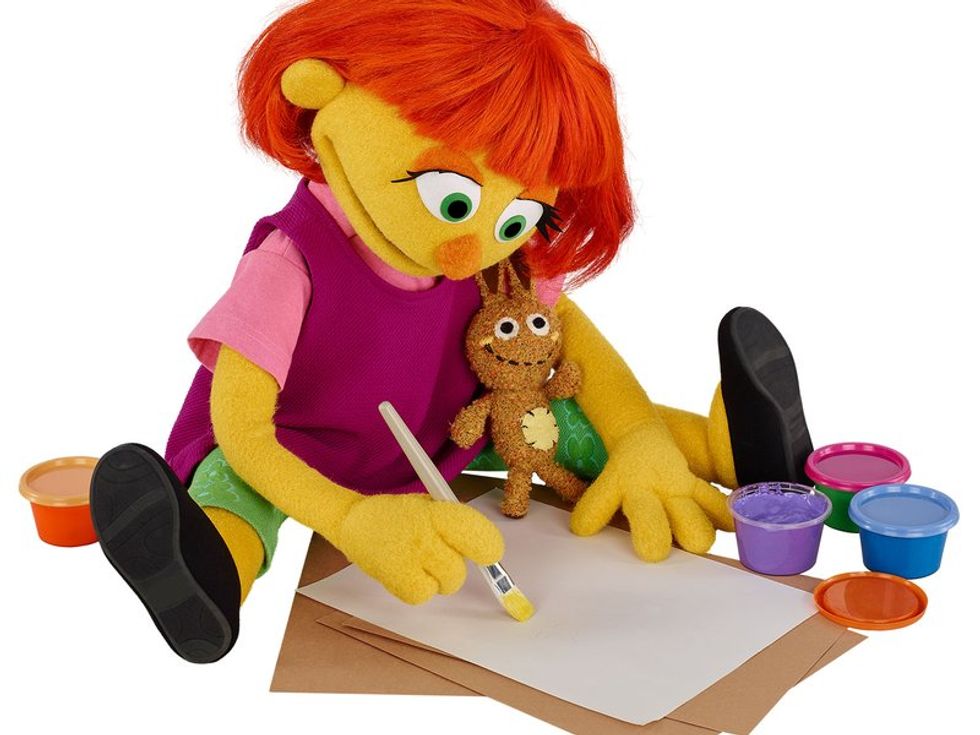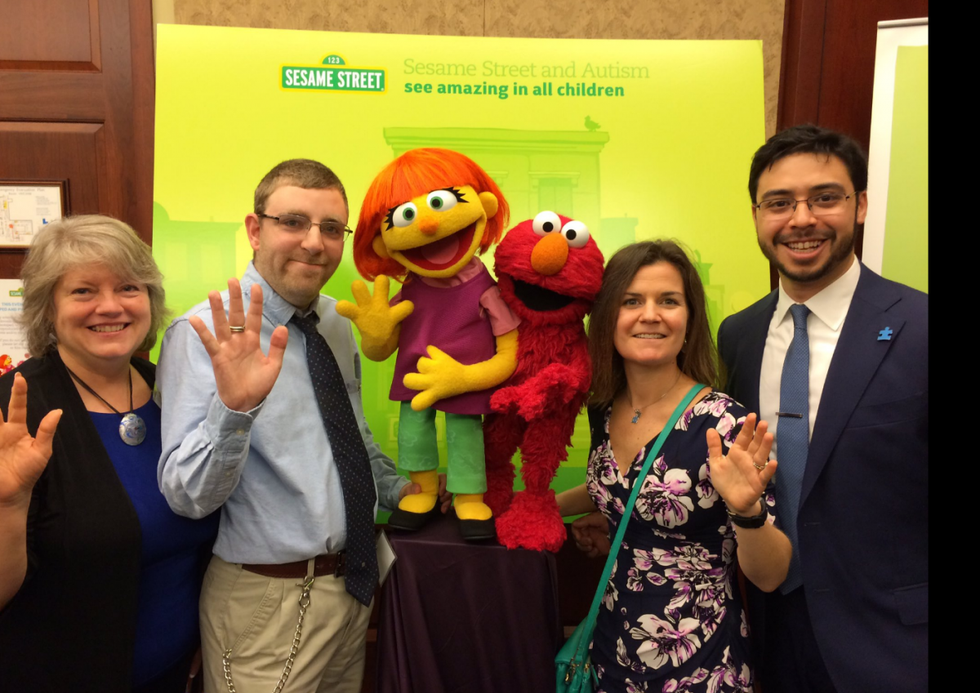As an elementary education major with a minor in mild intervention, technical terms for a special education minor, I could not have been more excited to hear about Sesame Street's inclusion of a character with an intellectual disability. For 45 years now, the show has been known as a children's favorite that includes educational aspects such as numbers and letters as well as inclusion. The show has featured over 40 celebrity guests including four First Ladies and has a Hispanic muppet named Rosita and a former imaginary friend of Big Bird's who turned real named Snuffleupagus.
In addition, the show has covered difficult topics that many children's shows stay away from due to their controversial ideas. Sesame Street has discussed adoption, natural hair, women's rights in Afghanistan, death, incarceration, physical disabilities, Down syndrome, 9/11, HIV and racism. While this list is impressive enough, Sesame Street decided to tackle another issue head on: Autism, and the lack of autistic characters in the media world.
Enter Julia, a fun loving, artistic, and playful young girl who is autistic. Notice that I didn't write autistic first because she is more than that and typically, people accidentally forget that people are more than their diagnosis especially in cases of intellectual disability diagnoses. Julia happens to be autistic, but more importantly, she loves to paint, play tag, jump, and be with her friends just like any child. Sesame Street does an excellent job normalizing Julia's autism and treating her as the little girl that she is rather than the diagnosis she was given.
We meet Julia while she is painting with Abby and Elmo. Abby and Elmo are fingerpainting, however, Julia dislikes the way the paint squishes between her fingers and therefore she uses a brush. This point is actually incredibly important because in many cases of autism, people have a sensitivity to noise, touch, and sight.
In Julia's case, she has a sensitivity to touch which is acknowledged by Elmo and Abby, and goes even further as Abby apologizes for describing the way the paint feels between her fingers and says that Julia can paint however she wants to. The biggest piece of the scene is when Big Bird enters and tries to introduce himself, but Julia does not react as he expected. Alan, the human character in the scene, tries to explain to Big Bird that Julia is different and that's okay. However, Big Bird has a difficult time comprehending this and thinks that Julia is just shy. This is when Alan tells Big Bird that Julia has autism and her brain works differently so she does things in a different sort of way.
Overall, this introduction of Julia to the Sesame Street world has opened up a new avenue for both families and children with autism as well as families and children without autism. Julia takes away the bad stigma that follows autism and intellectual disabilities around. She has friends just like every other little girl and boy and enjoys many of the same activities, even if she does them a little differently. And most importantly, Abby, Elmo, Big Bird, and Alan accept Julia the way she is and realize that she doesn't need to be fixed because there's nothing to fix.


















